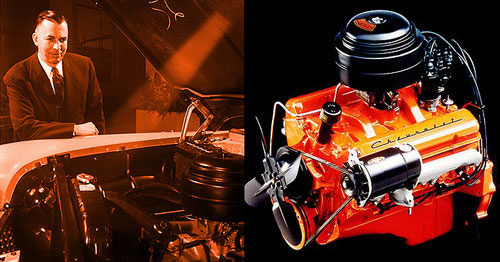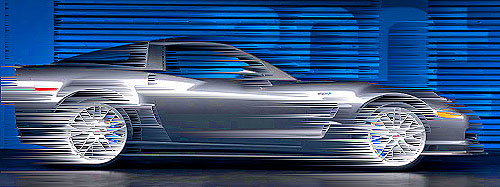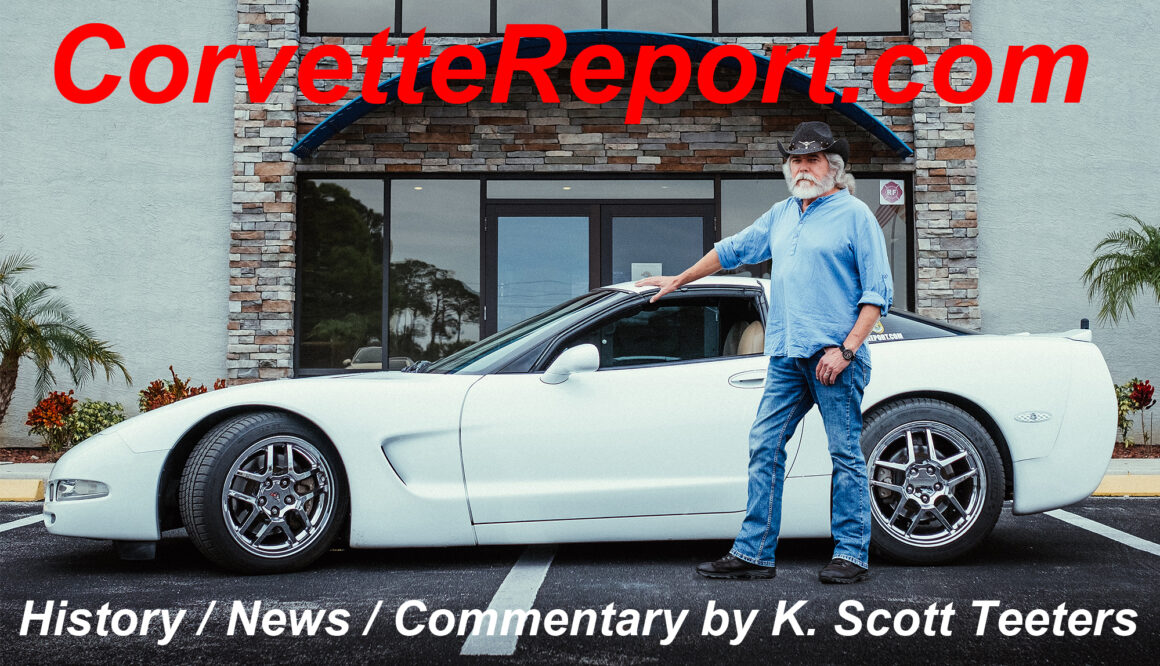Dateline: 8.19.11
Chevrolet announces the 100-millionth Small-Block Chevy engine to be built and installed in a ’12 Corvette in Fall 2011

This week Chevrolet announced that the 100-millionth Small-block Chevy engine will be built sometime in Fall 2011 and will most likely be installed in a 2012 Corvette! So three cheers to Chevrolet.
Hip, hip, HOORAY!
Hip, hip, HOORAY!
Hip, hip, HOORAY!
Although the small-block Chevy engine was designed to be an efficient passenger car engine, the design’s simplicity and durability has been providing Chevy fans with some of the fiercest engines ever. SBCs have powered just about every kind of race car from Indy and Le Mans, to drag strips and dirt tracks all over America.
Which SBC will be the magic 100 millionth engine has not yet been announced. It could be the mighty 430-horsepower LS3 engine used as the base engine for the Corvette, or possibly the most powerful production engine ever built in Detroit history, the 638-horsepower supercharged LS9 that powers the C6 ZR1 Corvette rocket ship. I’m sure that Chevrolet will make a BIG media splash about this car.
Enjoy our Small-Block Chevy engine gallery.
[nggallery id=21]
The man credited with designing and developing the SBC was former General Motors president, Ed Cole. As a youngster Cole liked to tinker with radio sets and was briefly a field rep for a tractor manufacturer before enrolling in the General Motors Institute where he got his degree in engineering. In 1949, along with GM’s Harry Barr, Cole developed the acclaimed 1949 Cadillac OHV V8 engine. By 1952 Cole was promoted to chief of engineering for Chevrolet. His first major project was the design and development of the replacement for Chevrolet’s tired, old, Stovebolt-Six engine. The finished engine was essentially a simplified, smaller version of the Cadillac OHV engine he’s helped design in ‘49.
When nested between the front fenders of the new ‘55 Chevy, the 265-cubic-inch, 162-horsepower engine looked, well, tiny. It probably only took a few weeks for hot rodders to realize that there was a ton of red meat in the little lightweight engine. The new small-block Chevy quickly developed the nick name “Mouse Motor.” Within a few years, the new SBC completely changed hot rodding and racing. It was, “good-bye Flathead Ford” and “Hello Small-Block Chevy.”
The Small-block Chevy has been treated to every kind of performance enhancement imaginable. Zora Arkus-Duntov immediately got to work on a mechanical fuel-injection system and called for an all-aluminum version for the Corvette. Displacement grew from 265-CID to 283-CID in ‘1957, to 327-CID in 1962, 350-CID and 400-CID in 1970. When the all-aluminum Generation III SBC engines arrived in ‘97 a whole new level of performance was ushered in. Not only did the new LS-series engine help the Corvette Racing Team win Le Mans in ‘01, ‘02, and ‘04, the engine eventually became the 427-CID LS7 that powered the C6 Z06 Corvette. Then in ‘09 Chevrolet unleashed the all-time most powerful engine to ever be offered in a Detroit production car, the roots-type supercharged, 638-horsepower, LS9 that powers the astonishing ZR1 Corvette. The ZR1 actually has a governor to keep the speed under 205-MPH!
 Although all of GMs divisions used to produce their own V8 engines, eventually, the SBC became the corporate standard engine and was used in every division of GM, except for Saturn. It’s also worth noting that back in 1955 when the 265-CID, 162-horsepower SBC was first released, engine power rating was what was called, “gross horsepower.” Meaning that the claimed horsepower was based on a completely unstressed engine with no exhaust back pressure, fan, generator, or any power-assist options. Since 1971 GM’s published power ratings have been “net” ratings that while, on paper, look bad, were closer to reality. So, what might the “net” horsepower rating for the original 265 SBC been? To the best of my knowing, that number had never been published or probably even measured. But you can probably safely guestimated that it would have been in the 125-HP range. So, compare where the SBC began with the 638-HP supercharged LS9, you can’t help but be impressed. Ed Cole and Zora Duntov would be ASTONISHED! – Scott
Although all of GMs divisions used to produce their own V8 engines, eventually, the SBC became the corporate standard engine and was used in every division of GM, except for Saturn. It’s also worth noting that back in 1955 when the 265-CID, 162-horsepower SBC was first released, engine power rating was what was called, “gross horsepower.” Meaning that the claimed horsepower was based on a completely unstressed engine with no exhaust back pressure, fan, generator, or any power-assist options. Since 1971 GM’s published power ratings have been “net” ratings that while, on paper, look bad, were closer to reality. So, what might the “net” horsepower rating for the original 265 SBC been? To the best of my knowing, that number had never been published or probably even measured. But you can probably safely guestimated that it would have been in the 125-HP range. So, compare where the SBC began with the 638-HP supercharged LS9, you can’t help but be impressed. Ed Cole and Zora Duntov would be ASTONISHED! – Scott
PS – Check out our collection of Corvette engine art HERE.

